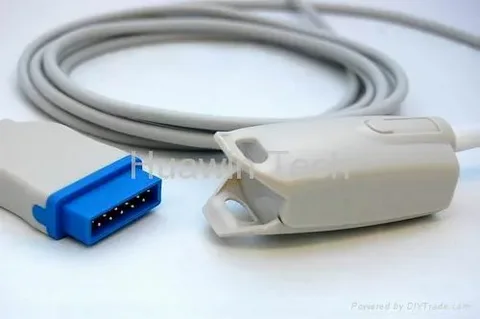Pulse oximetry is one of the most essential non-invasive monitoring tools in clinical care. A high-quality SpO2 sensor plays a key role in delivering accurate oxygen saturation readings that clinicians depend on for immediate interventions.
What Is an SpO2 Sensor?
An SpO2 sensor measures blood oxygen saturation (SpO2) using light absorption principles. It typically clips to a patient’s finger, toe, or earlobe.
Types of SpO2 Sensors
- Disposable: Ideal for infection control
- Reusable: Economical for long-term patients
- Wrap sensors: Great for neonates or low-perfusion patients
How It Works
- Red and infrared light passes through body tissue.
- The sensor detects differences in light absorption.
- A microprocessor calculates oxygen saturation.
Common Issues to Avoid
- Motion artifacts
- Cold extremities
- Poor circulation
- Damaged or worn sensors
Choosing the Right Sensor
- ✅ Compatibility with monitor brand
- ✅ Accurate in low-perfusion states
- ✅ Comfortable for extended use
- ✅ Shielded cables to reduce signal noise
Wrap-Up
SpO2 sensors are essential for continuous patient monitoring in virtually every care setting. For long-lasting, high-quality sensors compatible with most major monitors, healthcare teams trust THE BIOMED GUYS.



